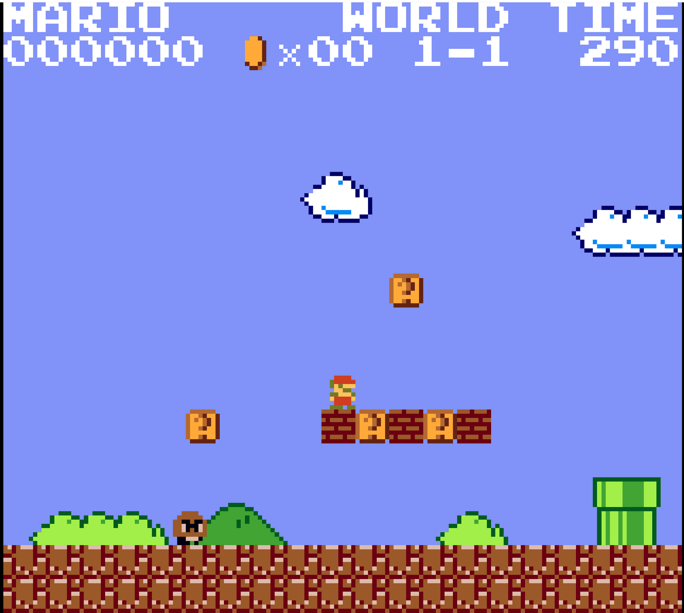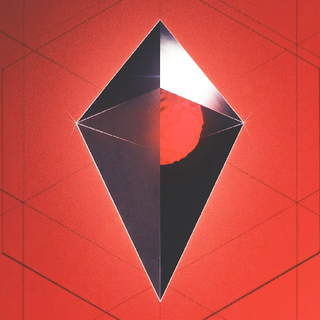
They all thought the foreign company paid the tariff.
This is probably what Trump thinks, too. I can easily believe he is that stupid.
I’m also wondering just what the fuck Trump and co. are going to do with all the money obtained from these tariffs. Just, like, spend it all on hookers and blow or what? Remember how you all believed this was the party of “low taxes?” Yeah, guess what a tariff is, fuckers.










I found some additional articles on what he said about this, and he did indeed flat out say he expects the “other countries” to pay the tariffs. For instance, this.
That’s not how tariffs have worked at any point in history.